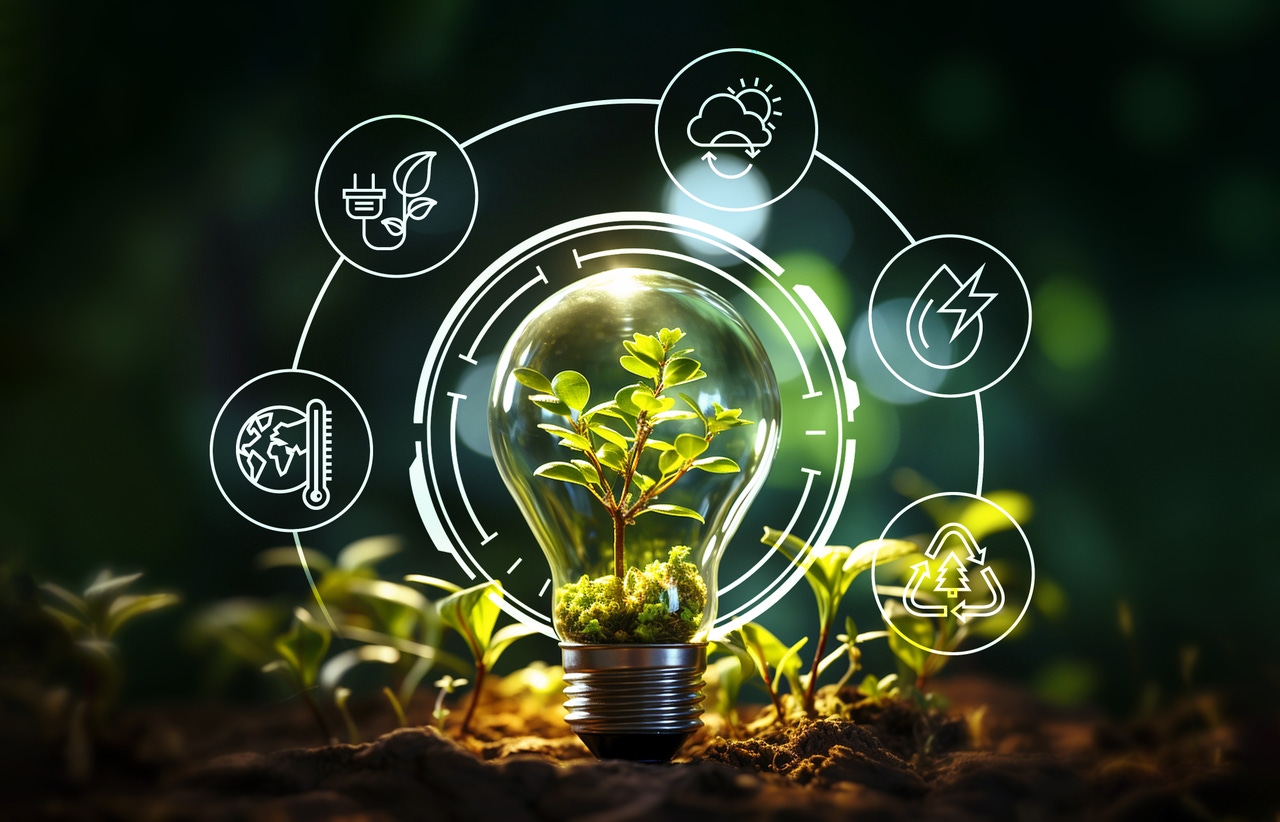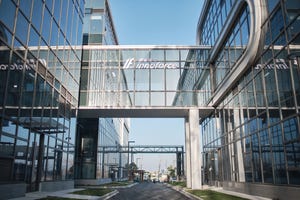
Alois Jungbauer, professor from BOKU University in Vienna, Austria, spoke about sustainability in biomanufacturing during the 28th ESACT meeting in Edinburgh, UK. He addressed the impact that industry activities have on the environment during his keynote presentation and provided ideas for how companies can improve their footprints and help reduce climate change by saving resources and improving efficiencies.
“We have always overlooked the emission intensity of the biopharmaceutical industry,” Jungbauer said before sharing a graphic that revealed the CO2 emissions of major companies when compared with their revenue. “There is a huge difference between companies. Some of them are leaders and they try to reduce their environmental footprint.”
According to Jungbauer’s graph, Roche and Johnson & Johnson performed the best, each already having reached 2025 industry-wide emission goals. Amgen trailed close behind and also performed well. According to the same graph, the worst performing companies from a sustainability perspective were Eli Lilly and Procter and Gamble, both of which trailed far behind even the graph’s 2015 target.
Jungbauer cited the need and consumption of water as a key consideration for sustainability. “We know that we do not have enough water,” he said. He compared how much water was used to produce different resources across industries, citing beef as a particularly egregious consumer, with 15,000 liters of water needed to produce 1 kg of meat.
Jungbauer encouraged biopharmaceutical manufacturers to measure their process mass intensity (PMI) to track water usage. According to a study that measured PMI for six large pharmaceutical companies, an average of 7,700 kg of input is required to produce 1 kg of monoclonal antibody (mAb). Jungbauer explained that 94% of the mass of that input was water. “This is a substantial environmental impact for the production of antibodies,” he said.
Chromatography uses 62% of the water consumed during the manufacturing of antibodies, with cell culture using 18%. Jungbauer explained that to improve the environmental footprint of biomanufacturing, chromatography must be improved.
But companies should seek to improve in all areas of biomanufacturing, not only to reduce their environmental impact, but to strengthen their own processes and reduce costs. Jungbauer outlined a number of things that firms can do.
“Higher titers,” he said. “It’s clear. If the titer is higher, then I’ll need less resources.” He also cited process intensification and continuous biomanufacturing as ways to increase efficiency and reduce resource waste along with closed systems, reduction in floor space, and on demand preparation of buffers and media.Jungbauer discussed the Next-Generation Biopharmaceutical Downstream Process (nextBioPharmDSP) project, which found that single-use products and small bioreactors with high cell densities can help to increase efficiencies and accessibility to products while reducing energy use when combined with continuous chromatography. “A fed-batch [operation] combined with continuous capture” is the best case scenario to improve sustainability among biomaufacturers, according to Jungbauer.
About the Author
You May Also Like









